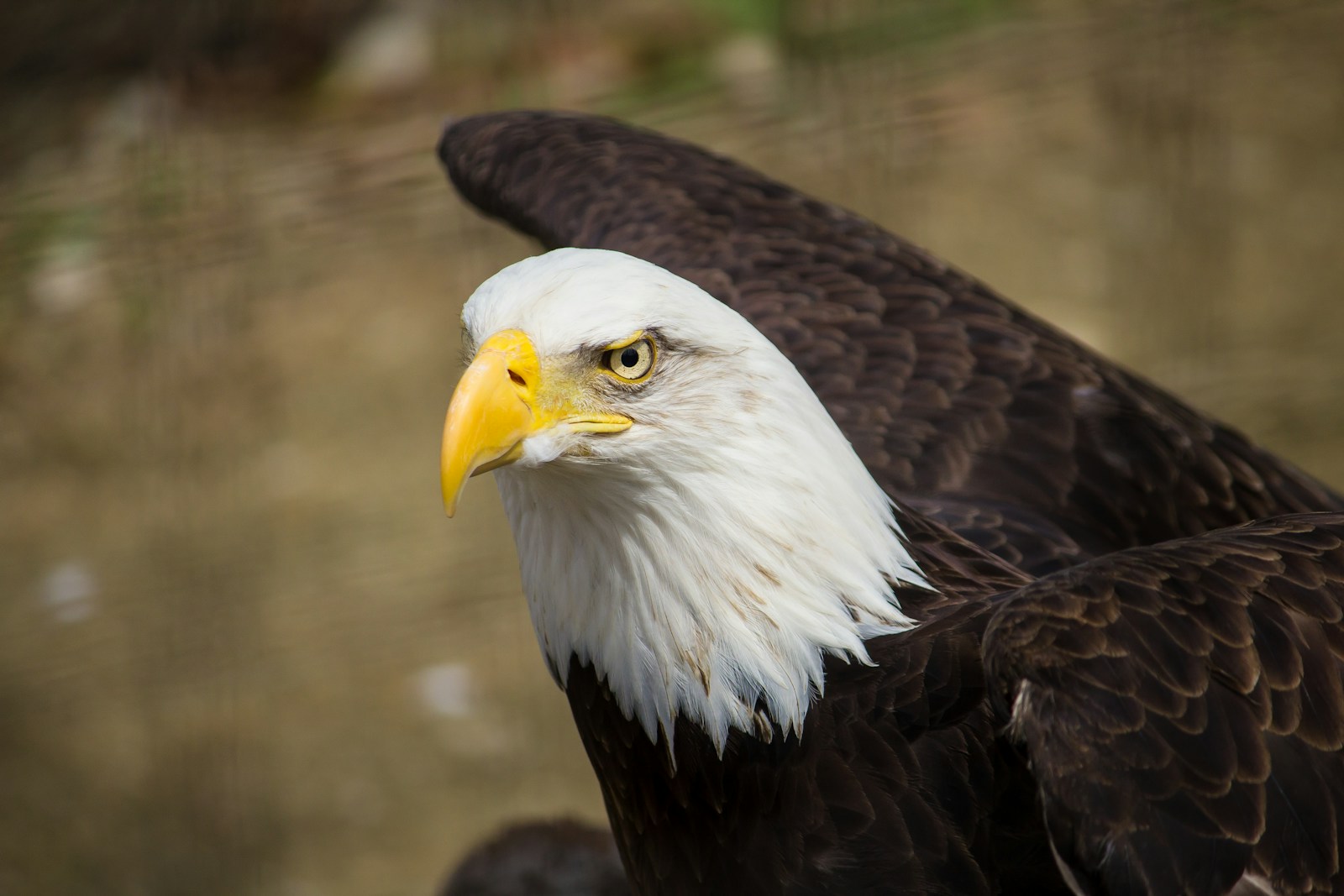America’s national bird, the bald eagle, has made a remarkable comeback from the brink of extinction. These majestic raptors build some of the most impressive structures in the animal kingdom—enormous nests that can weigh up to two tons and measure up to eight feet wide. Across the United States, certain eagle nests have gained celebrity status, drawing wildlife enthusiasts, photographers, and conservationists who monitor these avian engineering marvels year after year.
These famous nests not only provide fascinating windows into eagle behavior but also stand as powerful symbols of conservation success. From Alaska to Florida, these iconic nests tell stories of resilience, adaptation, and the enduring bond between mated pairs who return to the same sites for decades.
The Decorah Eagles Nest— Iowa’s Internet Sensation
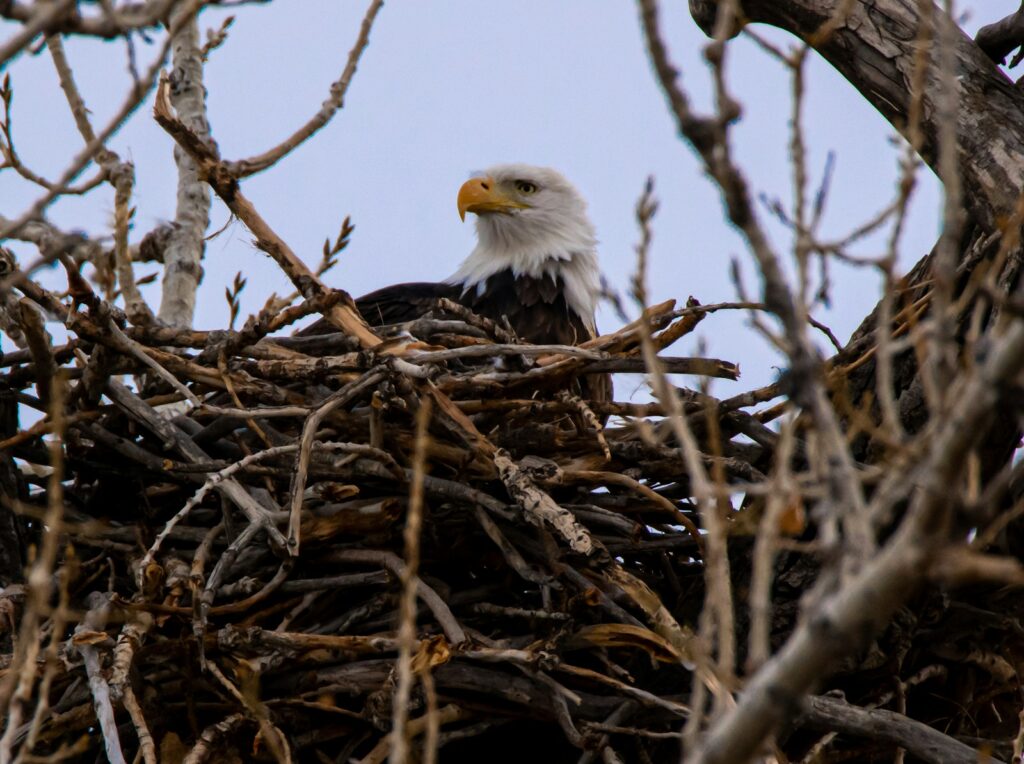
Few eagle nests have captured the public’s imagination quite like the Decorah Eagles nest in northeastern Iowa. Located near a fish hatchery, this nest rose to fame in 2011 when the Raptor Resource Project installed a live webcam that has since garnered millions of views worldwide. Viewers have witnessed everything from fierce winter storms to the hatching of eaglets, creating an unprecedented connection between the public and these wild birds.
The original nest, built in 2007, collapsed in 2015 after years of continuous additions and weathering, but the eagles quickly rebuilt nearby. The Decorah Eagles have become educational ambassadors, with their livestream used in classrooms across the country to teach about raptor biology, ecosystem dynamics, and conservation.
Berry College Eagles—Georgia’s Campus Celebrities

The bald eagle nest at Berry College in Georgia has transformed campus life since the first pair established residency in 2012. Perched atop a tall pine tree near the college’s athletic center, these eagles have become unofficial mascots for the school and stars of their own livestream. What makes this nest particularly special is its proximity to human activity—the eagles chose to build less than 100 feet from a busy campus road yet continue to successfully raise young year after year.
The college has embraced their feathered residents, adjusting construction schedules and creating an “Eagle Cam” that allows viewers worldwide to follow the nesting season from egg-laying through fledging. Researchers have noted how these eagles appear unusually tolerant of human presence, offering unique insights into bald eagle adaptability in semi-urban environments.
The Southwest Florida Eagle Cam—Harriet’s Legacy
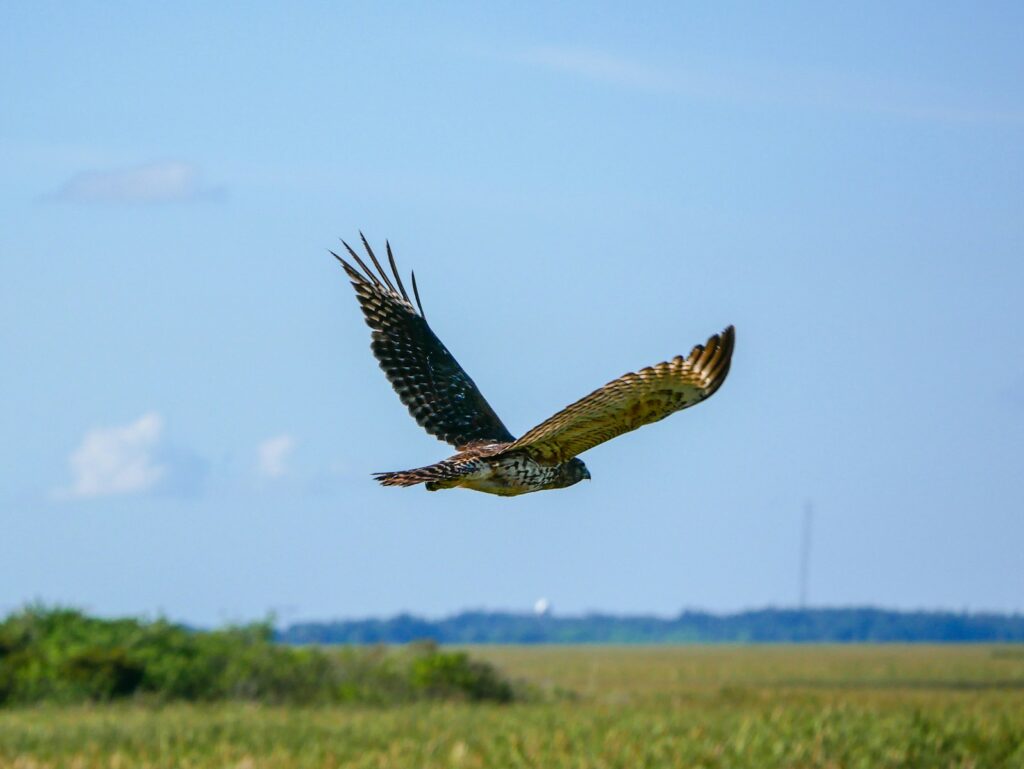
In Fort Myers, Florida, a nest made famous by a female eagle named Harriet has become one of the longest continuously monitored eagle nests in the country. Since 2012, when cameras were installed, millions of viewers have followed the dramatic life story of this nest, which has weathered hurricanes, territorial disputes, and the changing of mates.
The original male eagle, Ozzie, died in 2015 after a territorial battle and was replaced by a new male dubbed M15, demonstrating the complex social dynamics of eagle pairs. Harriet herself passed away in early 2023 after approximately 25 years, but her legacy continues as M15 and a new mate maintain the nest. This decades-long documentation provides invaluable data about eagle longevity, mating behavior, and adaptation to Florida’s changing environment.
Channel Islands National Park—The Pelican Harbor Nest
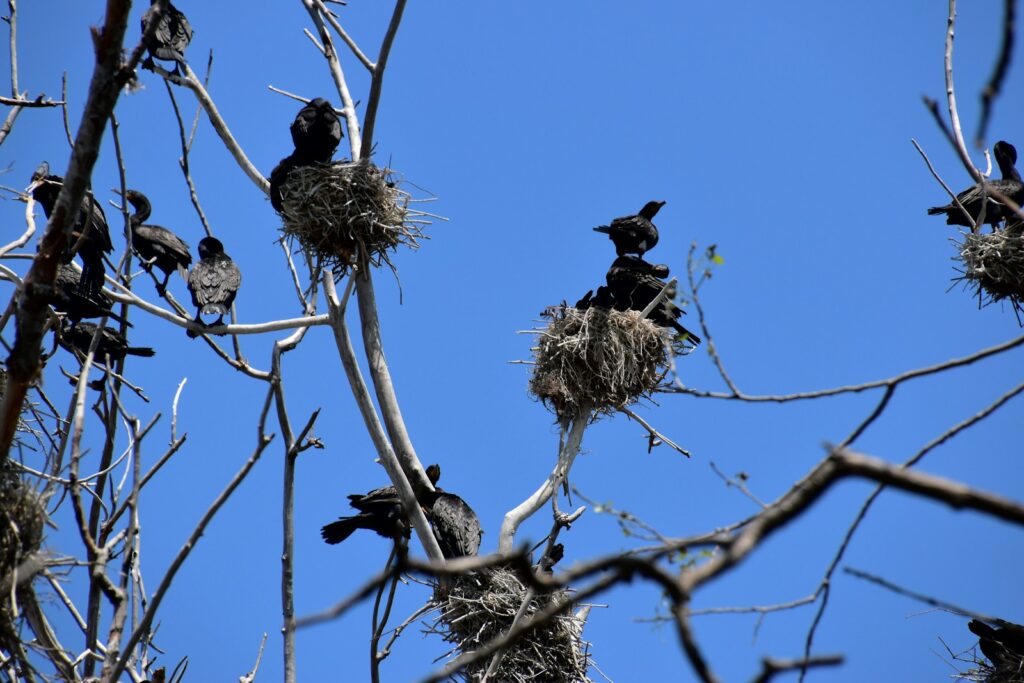
The Pelican Harbor nest on Santa Cruz Island, part of California’s Channel Islands National Park, represents one of the most significant conservation comeback stories in American history. Bald eagles had been completely eliminated from the Channel Islands by the 1960s, primarily due to DDT contamination. Following extensive restoration efforts, eagles were reintroduced beginning in 2002, and in 2006, the first natural hatching in over 50 years occurred at this location.
The Pelican Harbor nest has special significance as it represents the return of apex predators to an ecosystem that had been functioning without them for decades. Biologists continue to monitor this nest closely, as it provides crucial information about how bald eagles reintegrate into island ecosystems and impact recovering food webs after long absences.
The Chesapeake Bay’s Blackwater Refuge Nest
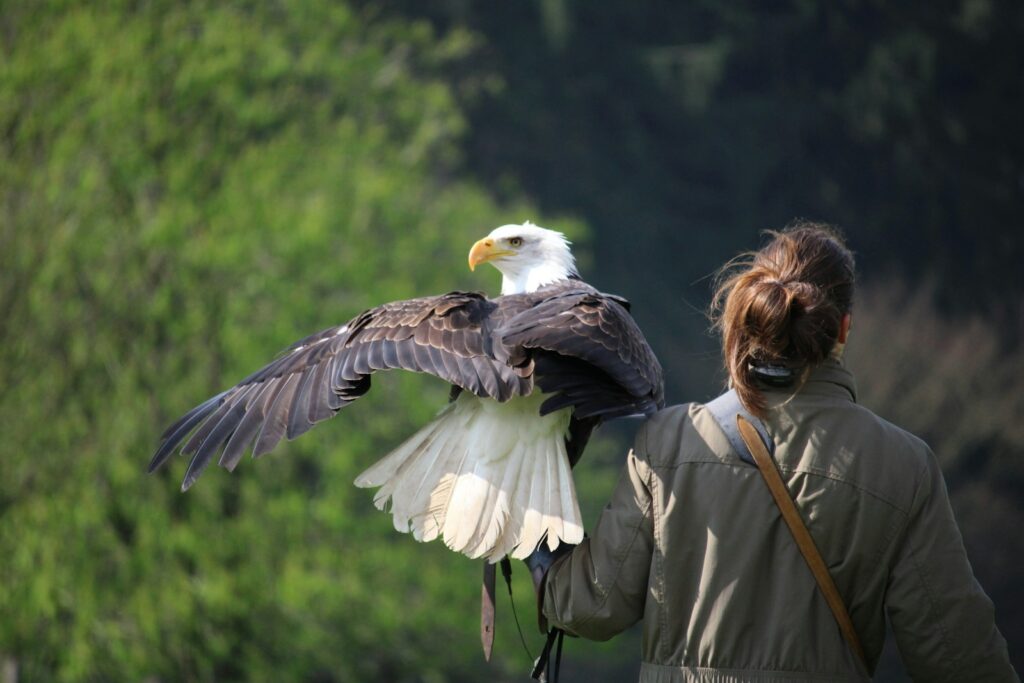
Maryland’s Blackwater National Wildlife Refuge hosts what may be the most historically significant bald eagle nest in the Chesapeake Bay region. This particular nest, located deep within the refuge’s extensive marshlands, has been continuously occupied for over three decades, making it one of the oldest active nests in the Mid-Atlantic. What makes this nest especially notable is that it remained productive even during the worst periods of Chesapeake Bay contamination, when many other nests in the region failed due to DDT-related eggshell thinning.
Scientists have studied generations of eaglets from this nest to track contaminant levels in the bay, essentially using the eagles as biological indicators of ecosystem health. The refuge now hosts over 200 breeding pairs of eagles, many descended from this original resilient pair, representing one of the densest bald eagle populations in the lower 48 states.
Pittsburgh’s Hays Bald Eagles—Urban Pioneers
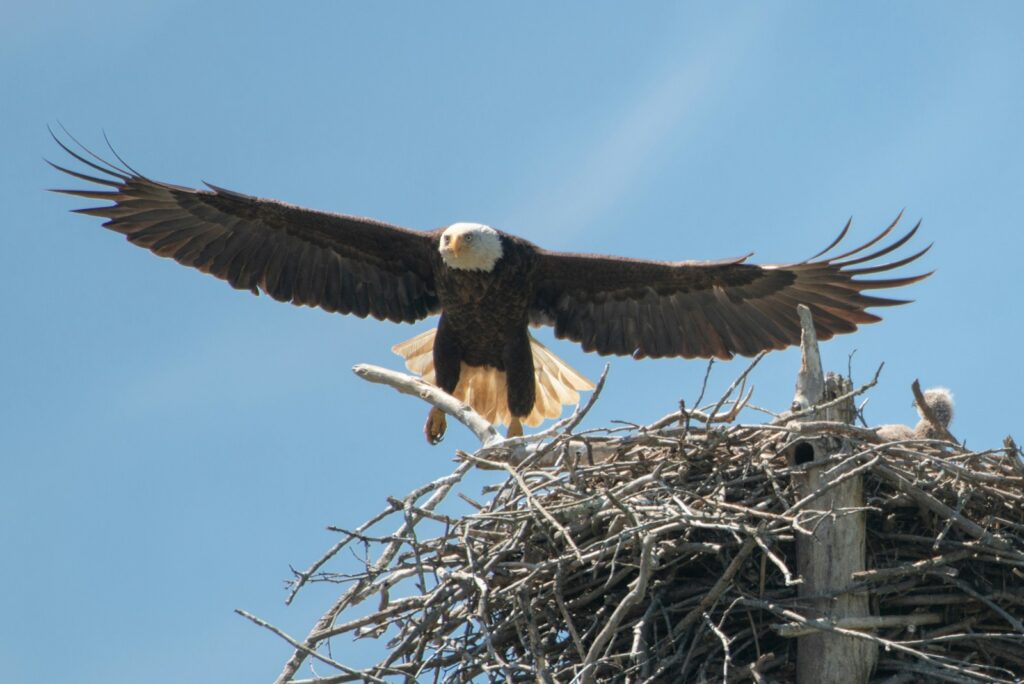
The Hays bald eagle nest in Pittsburgh, Pennsylvania, stands as a testament to the species’ ability to adapt to urban environments. First established in 2013, this nest sits just four miles from downtown Pittsburgh along the Monongahela River, surrounded by a former industrial area. This location represents the first bald eagle nest within Pittsburgh city limits in more than 150 years, marking a dramatic return after generations of absence. The Hays eagles have successfully raised multiple broods despite the challenges of city life, including noise pollution, human disturbance, and altered food sources.
Their adaptability has surprised researchers, as the eagles primarily hunt fish from the once-heavily polluted rivers that have now recovered enough to support apex predators. The nest’s popularity exploded when local media installed cameras, making these urban eagles social media celebrities and changing many residents’ perceptions about wildlife in cities.
Alaska’s Tongass National Forest Super-Nests
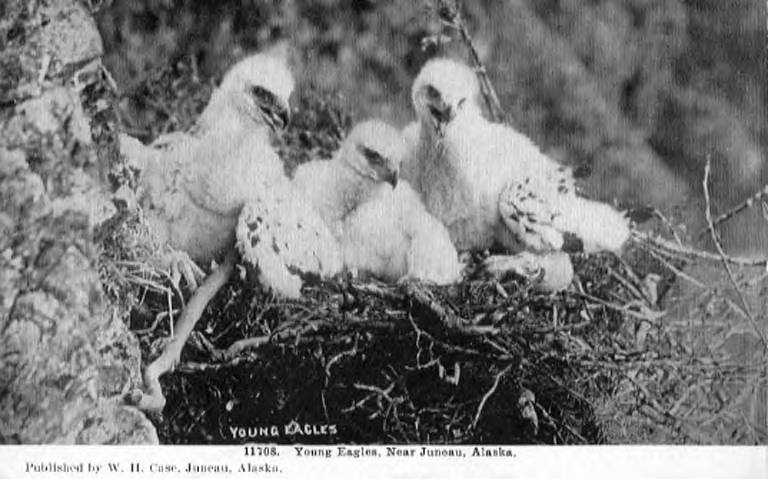
Alaska’s Tongass National Forest hosts some of the largest and oldest bald eagle nests in the world, with certain structures dating back nearly a century. The most famous of these, located near Juneau and locally known as the “Eagle Tree,” supports a nest estimated to weigh over two tons—the weight of a small car. What makes these Alaskan nests remarkable is not just their size but their concentration, with the Tongass supporting the highest density of bald eagles anywhere on earth, with estimates of over 10,000 birds.
Unlike their southern counterparts, these Alaskan eagles often maintain multiple nests within their territory, switching between them in different years. Some of these massive nests have become navigational landmarks for local fishermen, having remained in the same location for generations and growing so large they can be spotted from significant distances.
Old Abe’s Nest—Wisconsin’s Historic Site
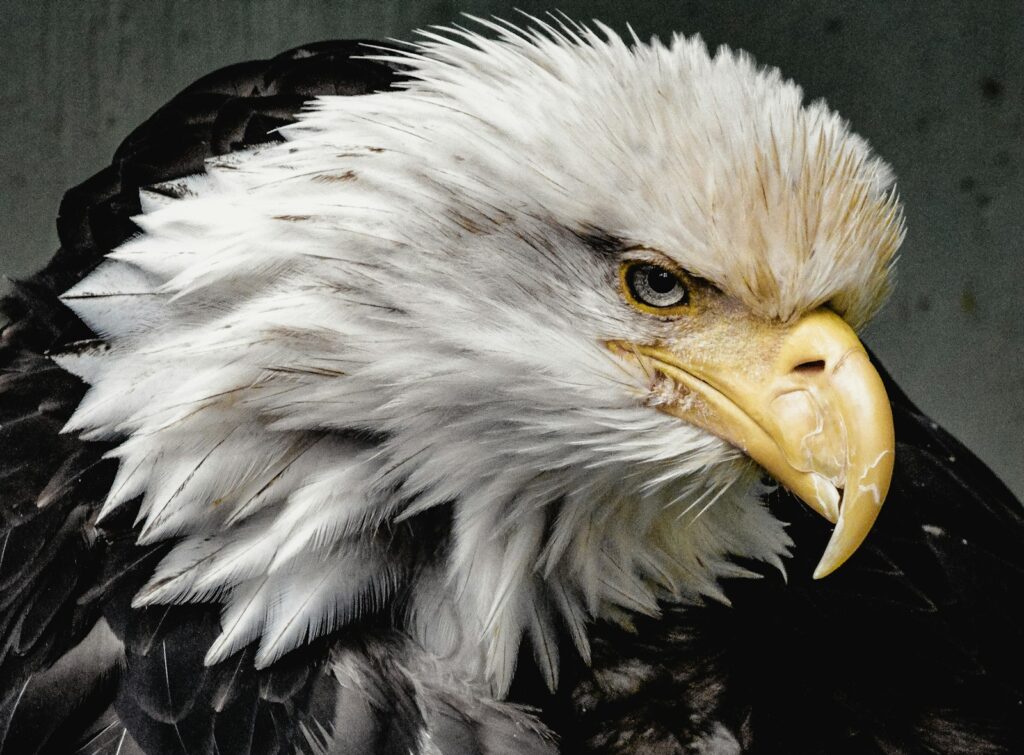
In northern Wisconsin, a nest site known locally as “Old Abe’s Nest” holds special historical significance beyond its natural importance. The nest, located near the headwaters of the Chippewa River, takes its name from the famous Civil War eagle mascot “Old Abe,” who was captured as an eaglet in the region in 1861. While not the original nest from which that historic bird came, this site has been continuously occupied for over 45 years, making it one of the longest documented nest locations in the Great Lakes region.
This particular nest has survived multiple tree damages, including a lightning strike in 1998 that destroyed half the nest structure, yet the eagles rebuilt and continued using it. Researchers have documented at least three different mated pairs occupying this location over the decades, with each new generation maintaining and expanding the massive structure, demonstrating the cultural transmission of nest site fidelity among eagles.
National Arboretum Nest—Washington, D.C.’s Power Couple

Perhaps no eagle nest better symbolizes American patriotism than the one located at the U.S. National Arboretum in Washington D.C., less than two miles from the Capitol Building. The mated pair, named “Mr. President” and “The First Lady” by followers, first established this nest in 2014, becoming the first bald eagles to nest at the Arboretum since 1947. Their residence in the nation’s capital has particular symbolic power, representing the species’ recovery and the return of nature to urban landscapes.
The nest has survived major storms and human disturbances, with the eagles successfully raising multiple eaglets despite the urban setting. When the American Eagle Foundation installed high-definition cameras in 2016, the nest quickly became a favorite of government officials, schoolchildren, and international viewers, who could watch American symbols raising their young with the backdrop of the capital city.
Catalina Island’s Twin Rocks Nest—A Conservation Milestone
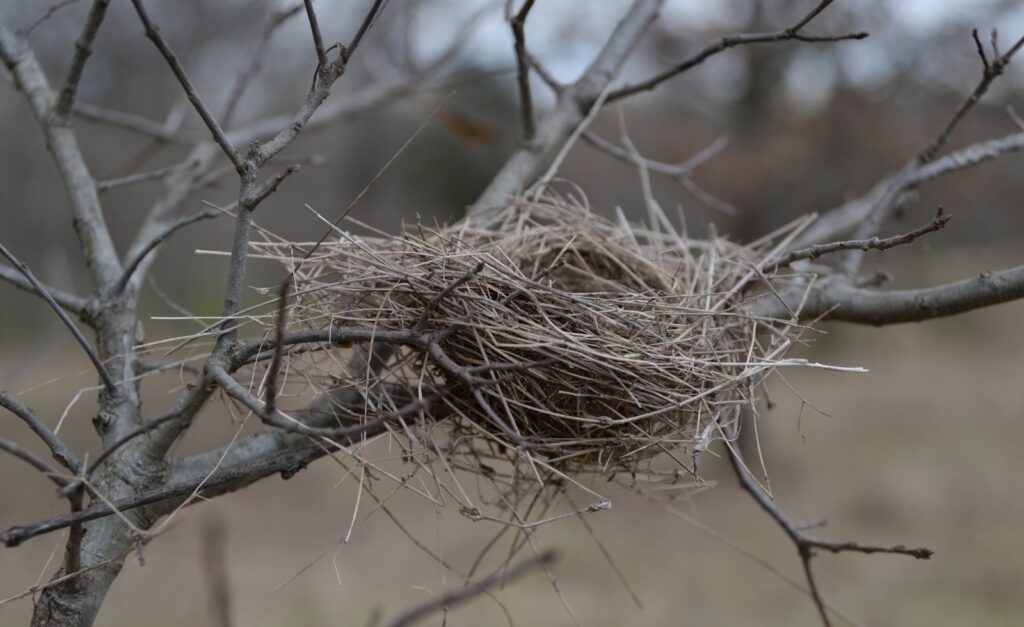
The Twin Rocks nest on California’s Santa Catalina Island represents a critical milestone in bald eagle recovery on the West Coast. After eagles were completely extirpated from the Channel Islands due to DDT contamination, intensive reintroduction efforts began in the early 2000s. The Twin Rocks nest, established in 2008, produced the first naturally hatched eaglets on Catalina without human assistance since the extirpation. What makes this nest site particularly valuable to researchers is its location near a former DDT manufacturing plant whose ocean dumping severely impacted the local ecosystem.
The successful reproduction at this site signaled that environmental DDT levels had finally decreased enough to allow normal eagle reproduction, a crucial indicator of ecosystem recovery. Scientists continue to monitor contaminant levels in blood samples from eaglets at this nest, using them as biomonitors for persistent environmental toxins in the marine ecosystem.
Dale Hollow Lake Nest—Tennessee’s Record Holder
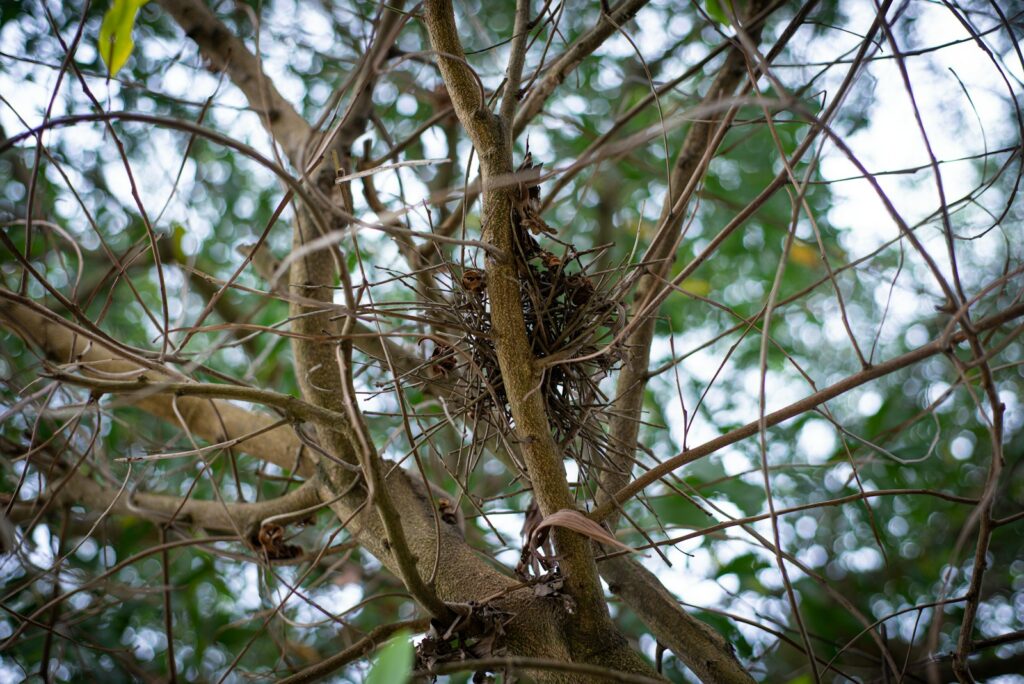
Along the shores of Dale Hollow Lake on the Tennessee-Kentucky border sits a nest that holds the record for the longest continuous occupation in the southeastern United States. First documented in 1987, this nest has been actively maintained by successive generations of eagles for over 35 years without interruption. The enormous structure, estimated to contain more than two tons of material, has survived multiple severe storms and flooding events that destroyed many neighboring nests. What makes this site particularly noteworthy is its role in the natural recolonization of the Southeast by bald eagles—the area received no direct reintroductions, yet eagles naturally found and settled this ideal habitat as populations expanded from other regions.
The Dale Hollow nest has produced an estimated 70+ eaglets over its lifetime, many of which have established territories throughout the Cumberland Plateau region, demonstrating how a single successful nest site can serve as the foundation for regional population recovery.
Starr Ranch Sanctuary—California’s Science Nest
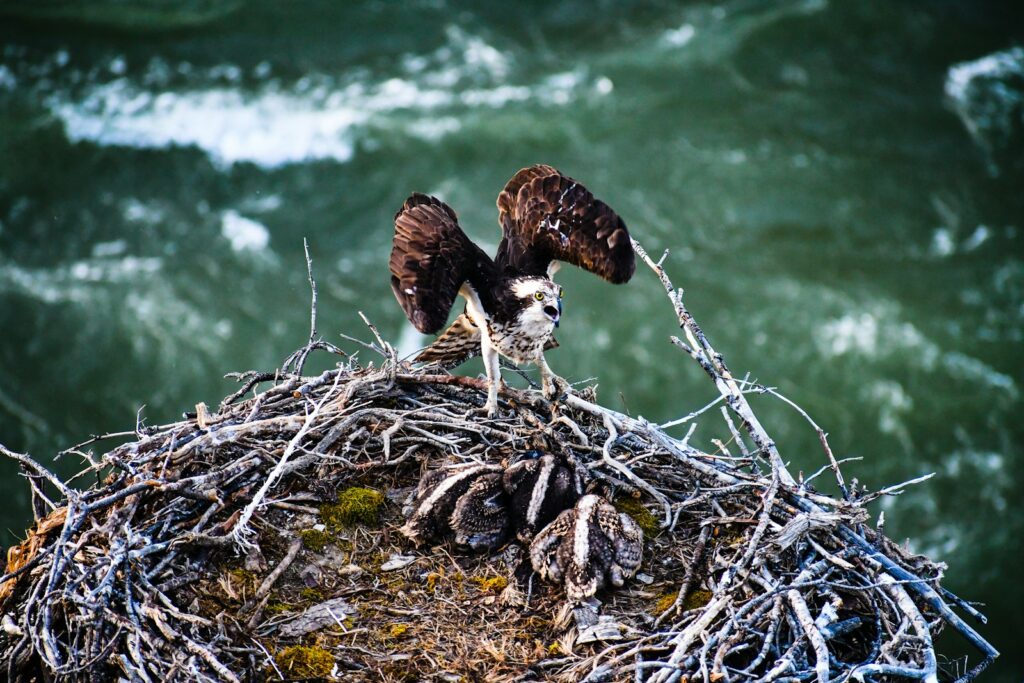
The bald eagle nest at Audubon’s Starr Ranch Sanctuary in southern California has become famous not just for its longevity but for its contributions to science. Established in 2006 as part of the natural recolonization of southern California, this nest was among the first to be equipped with solar-powered cameras and environmental monitoring equipment. Beyond simple observation, the Starr Ranch nest has become a living laboratory where researchers study everything from prey selection to microclimate preferences within the nest structure.
One particularly valuable aspect of this site is the detailed documentation of how the eagles have adjusted their breeding timing in response to climate change, with nesting now occurring approximately two weeks earlier than when first established. The Starr Ranch eagles have also provided important data on contaminant levels in the southern California ecosystem, with blood samples from eaglets showing decreasing but still detectable levels of legacy pollutants like DDT and PCBs.
Dauphin Island Sea Lab Nest – Alabama’s Coastal Sentinel

The bald eagle nest at Alabama’s Dauphin Island Sea Lab has gained recognition as both a tourist attraction and a crucial research site for understanding how coastal eagles respond to environmental disasters. This nest gained national attention in 2010 when it survived the Deepwater Horizon oil spill that severely impacted the Gulf Coast. Researchers feared the worst for these eagles, as their primary food sources were contaminated with oil, but the pair demonstrated remarkable adaptability by shifting their diet temporarily to include more terrestrial prey.
This nest has since been extensively studied to understand the long-term impacts of oil exposure on eagle reproduction and behavior. The Dauphin Island pair has become ambassadors for coastal conservation, with their nest site now incorporated into educational programs about the interconnectedness of marine and terrestrial ecosystems. Their resilience through multiple hurricanes and environmental challenges has made them symbols of the Gulf Coast’s own recovery capacity.
Conclusion
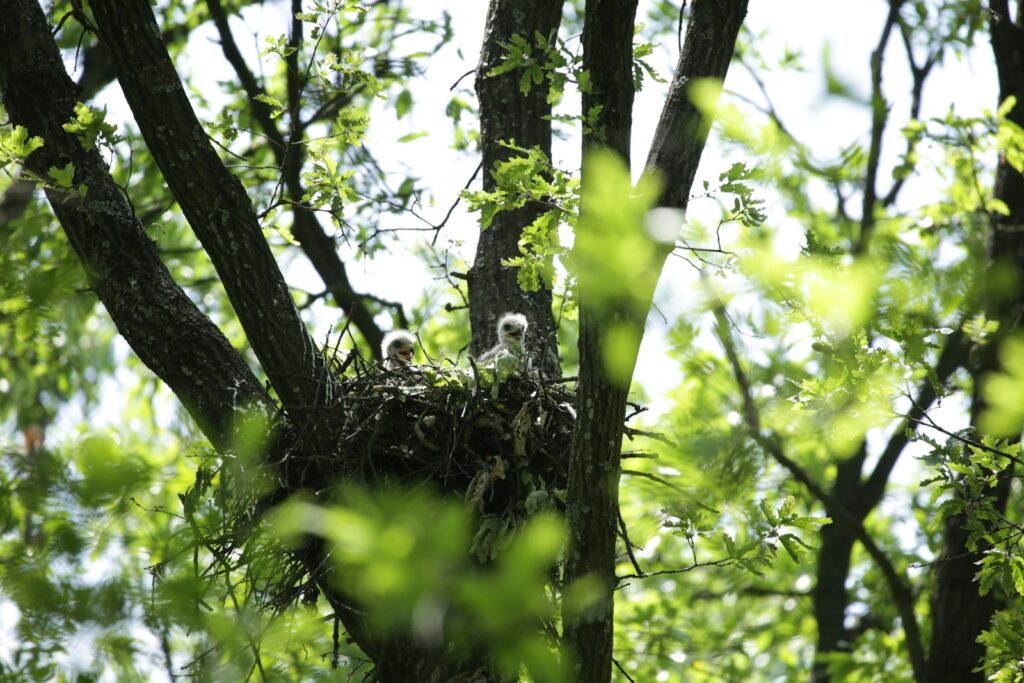
America’s most famous eagle nests represent far more than just impressive structures of sticks and branches—they are living monuments to one of the nation’s greatest conservation successes. From urban settings to wilderness areas, these nests and their celebrity occupants have transformed public perception of bald eagles from distant symbols to real, observable neighbors whose lives intersect with our own. As climate change, habitat loss, and new environmental contaminants present fresh challenges, these closely monitored nests provide critical early warning systems for potential threats to eagle populations.
Most importantly, these famous nests have created emotional connections between people and wildlife, inspiring new generations of conservation advocates who understand that protecting America’s national bird means protecting the complex ecosystems upon which we all depend.

